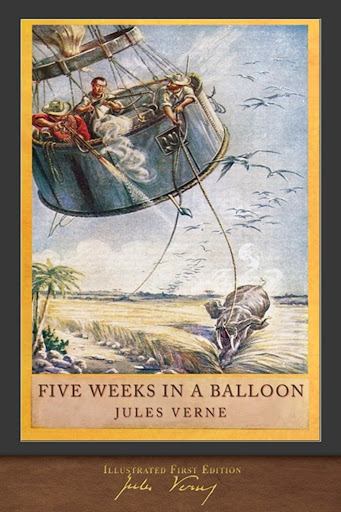"Never Land isn't just a simple place of childhood dreams--because childhood dreams are actually never simple."
As I've written here on the blog a few times before, I love a good Peter Pan retelling. I always pick them up at the bookstore when I see them, and I've read quite a few over the years. There's just something about the mystery and magic of Neverland that lends itself well to new interpretations. I still have a few sitting on my shelves that I haven't read yet, and I decided to give one of them a try for my next read. I settled on Straight On Till Morning, one of the Disney Twisted Tales books. This series takes classic Disney movies and reimagines them around one fundamental change. In the case of this story, author Liz Braswell explores what might have happened in Peter Pan if Wendy first traveled to Neverland with Captain Hook.
The story begins in London with an older, somewhat despondent Wendy. It's been four years since she found Peter's shadow in her nursery and she's been waiting for him to come back and claim it ever since. She's an imaginative child, prone to daydreaming and fantasizing about fantastical places, and her preoccupation with Neverland is beginning to worry her parents. They decide to send her to Ireland as a nanny in an effort to bring her back down to earth and develop more ladylike traits in her. Dismayed at the prospect of being sent away, Wendy realizes that Peter probably isn't going to return for his shadow or to save her. Instead, she decides to save herself. She reaches out in her mind to Captain Hook and offers to trade him Peter's shadow for safe passage to Neverland. He is only too happy to oblige.
Captain Hook manages to sail his Jolly Roger up the Thames and whisk Wendy away, but almost immediately breaks the spirit of their bargain. He plans to keep her on the ship as a mother to his crew, and he seizes the shadow to use as part of a plot to destroy all of Neverland. Realizing that her risky bargain might end up destroying the place that she loves, Wendy manages to escape the ship and reach Neverland's shores, where she almost immediately runs into Tinkerbell. Together, they embark on a dangerous and fantastical journey to find Peter Pan and stop Captain Hook from putting his evil plan into action.
This was a pretty entertaining read, and I was impressed right away with Liz Braswell's writing style. I thought at first that this novel might be geared more towards a middle grades audience, as its involves Disney content, but I was pleased to find that the text was firmly in the young adult category in terms of the complexity level. Braswell's prose was slightly dark and very beautiful, perfectly suiting the mood of Neverland. There were several truly striking passages, and I found myself marking some quotes to read again later, which is something I rarely feel moved to do. I also very much enjoyed the themes of independence, following your heart, and creating change that ran throughout the story. Braswell did a nice job of taking a classic tale of magic and imagination and tying it to the emotional struggles and problems of our reality. There was a surprising amount of real things in these pages for a story set in a complete fantasy world.
Another element of the story that I really enjoyed was how little Peter Pan was actually in it. He doesn't appear until three quarters of the way through, and even then he isn't a major factor in what happens. This story belongs to Wendy and to Tinkerbell and I thought it was an interesting change to focus on them and their growth as characters. At one point, Wendy even comments to Tinkerbell that they need to stop talking solely about Peter to one another and focus on other things. Wendy gains more confidence and independence as she moves through Neverland, transforming from an awkward and sheltered child to a more confident and independent young woman. By the end of the story she has come to understand more about what she wants her life to be like, and she uses the lessons she learns during her adventure to change her own world.
Overall, I thought Straight on Till Morning was a thoughtful and worthwhile take on Peter Pan, and I wouldn't hesitate to recommend it to students and older fans of fantasy retellings alike. Peter Pan is one of those classics for children that really hasn't aged well. This version, however, strips away the stereotypes and sexism and leaves us with a Neverland that is both full of magic and surprisingly relevant to modern young people. I enjoyed it quite a bit and I am looking forward to trying some other books in Braswell's Twisted Tales series.
"Ah, so many of us look for adventure and wind up as slaves, one way or another...When you're young, you think the world will make room for who you are and what you want...And then you find the world of adults is even more limiting than the world of children. With no room for adventure, much less your own thoughts."
2023 Reading Challenges Tally:
- Goodreads Reading Challenge: 2/24
- Clear the Shelves 2023: 1/24










